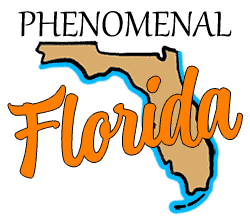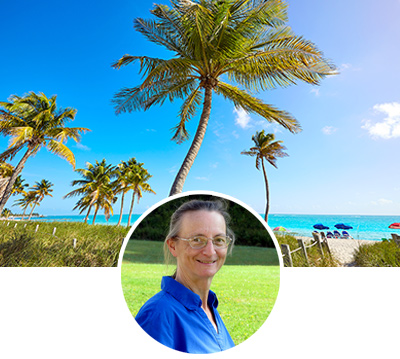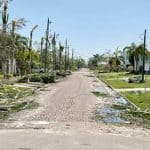
Florida has an amazing variety of scenery to behold while you’re here. Ocala’s rolling hills and orange groves, the beautiful sandy beaches of the expansive coast, the wild and vibrant marshes and swamps and deep forests… Florida really does have it all. But does Florida have Bayous?
Florida does have bayous, but it has fewer bayous than states like Mississippi and Louisiana. Most of Florida’s bayous are located in the panhandle. The most famous is the Tarkiln Bayou Preserve State Park. The Everglades are similar in some ways to a bayou, but they are a different ecosystem.
So what is the difference between a bayou and a swamp? Why aren’t the Everglades considered a bayou? Are there animals in the bayou, and is it a safe place to visit? I’ll answer all that and more in this post.
Where Are Florida’s Bayous?
The word bayou originates from the language of one of America’s indigenous tribes, the Choctaw. Legend has it that the word bayou is an evolution of the Choctaw term bayuk, which loosely translates to ‘small stream.’ When early Creole settlers encountered the Choctaw, the word entered the lexicon and remains unchanged to this day.
Etymology aside, what exactly is a bayou? The National Geographic Society defines a bayou as a slow-moving, often swampy section of a creek, river, or lake. Bayous are generally located in flatlands where water has a chance to pool. They tend to be shallow and are often associated with woodlands, especially mangrove forests.
As we’ve learned, bayous are slow-moving pools of water alongside or near rivers, creeks, and lakes. Most of Florida’s bayous are located in the panhandle. For example, the Choctawhatchee River, which begins in southeast Alabama and flows to the Choctawhatchee Bay in the western Florida panhandle, feeds many of the state’s best-known bayous.
The best-known bayous in Florida’s panhandle are located near Choctawhatchee Bay. They include Boggy Bayou, LaGrange Bayou, Alaqua Bayou, and Basin Bayou. The bayou can be a treacherous place unless you are very familiar with the waterways; if you plan to visit one of these bayous, I strongly recommend that you use a local guide. Reliable information about navigating these bayous can be difficult to obtain.
The best bayous to visit are Fred Gannon Rocky Bayou State Park and the Tarkiln Bayou Preserve State Park. Fred Gannon Rocky Bayou State Park has many fun and family-friendly amenities that let you experience the bayou in a safe and friendly way. The park frequently offers guided kayak tours of the bayou, and the slow, shallow waters of Rocky Bayou are perfect for paddling. Tarkiln Bayou features an elevated wooden walkway that lets visitors explore the bayou without endangering themselves or the ecosystem.
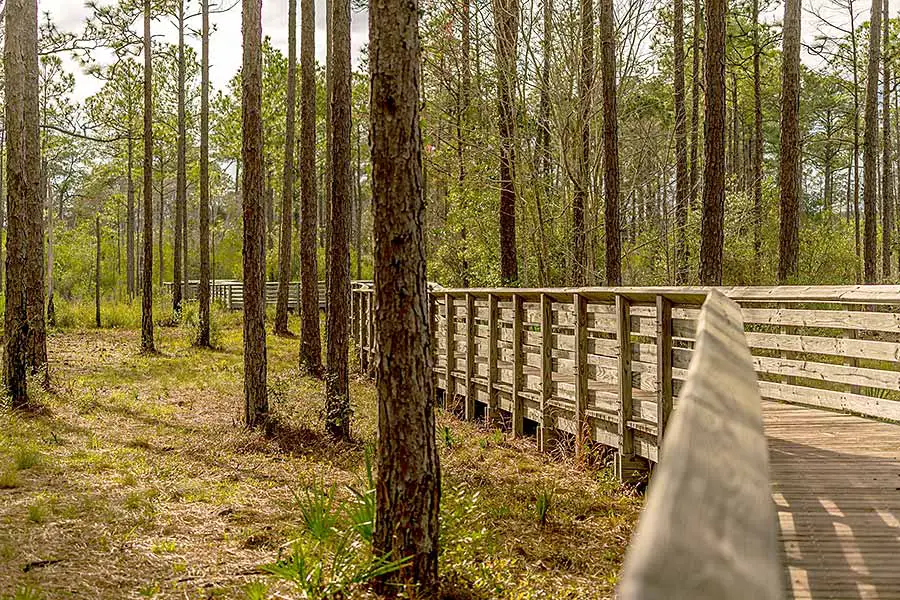
One of the best reasons to visit the bayou is to see the unique wildlife. Wading birds, gopher turtles, alligators and alligator snapping turtles, and even rare species of carnivorous plants can be found in the bayou. So if you appreciate the splendor of nature, Florida’s bayou has a lot to offer.
Other Posts of Interest
- Is Corkscrew Swamp Part Of The Everglades?
- Which Beach Is Better: Cocoa Or New Smyrna?
- Is It Illegal To Take Dead Sand Dollars From The Beach In Florida?
- Can You Boat The Entire Suwannee River?
Are Bayous Dangerous?
A slow-moving waterway surrounded by trees might not seem like a dangerous place, but appearances can be deceiving. Bayous often have murky and cloudy water, making it difficult to evaluate how deep the water is or what kind of obstacles are there. In addition, currents are usually slow but sometimes unpredictable, so even strong swimmers can find themselves being pulled in strange directions, caught on an obstacle, or otherwise in trouble.
You know, I just thought of something… If you learn about bayous on your own, you can tell people you learned “all bayou self.” But I digress. The swim hazards aside, bayous are home to some dangerous wildlife.
Alligators especially like to lurk in the bayou. While they are not generally aggressive to people, they are potentially hazardous, deceptively fast, and very strong. In addition, gators can be unpredictable if startled or otherwise agitated by people. Stumbling across an alligator in the brackish and ever-shifting waters of the bayou could undoubtedly be a dangerous situation.
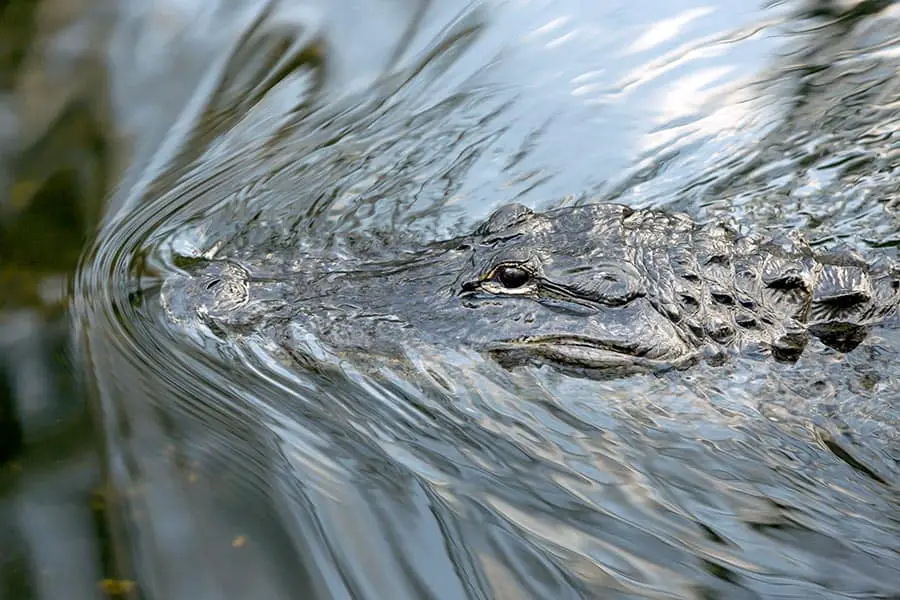
Alligators are not the only bayou dwellers one should be concerned about. The bayou is also home to venomous snakes like the cottonmouth (also known as the water moccasin) and the copperhead. These snakes secrete venom that can cause tissue death and blood clotting problems. In addition, speckled king snakes, which constrict their prey, also live in the bayou. While they are not venomous, they are known to bite when agitated.
The shallow and murky waters of the bayou are themselves hazardous. The opaque water can conceal many obstacles such as tree stumps, rocks, crab pots, and other miscellaneous debris that has washed into the water. Boaters have been known to run aground or even suffer hull damage by colliding with unexpected underwater obstacles.
If you’re swimming or wading, a cut or scratch on these obstacles can lead to a dangerous infection. Bayous are notorious sources of the dreaded ‘flesh-eating bacteria’ disease known as necrotizing fasciitis. This disease is a specialized kind of infection that spreads through the body very quickly and can be lethal if not rapidly treated.
With all of these mentioned risks, is it even safe to go in the bayou? As long as one takes all of the proper safety precautions, a trip to the bayou can be completely safe and highly rewarding. However, before you venture into the bayou, you should take the following precautions:
Leave a travel plan behind. Tell people where you are going, when you expect to be back, and who to contact if you are late.
Bring trail maps if traveling by foot, and never leave the trail if hiking or walking in a bayou area.
If traveling by boat, hire a local guide. Bayous are full of hidden obstacles and shifting currents that only experts who are familiar with the area should navigate.
Pack essential supplies.
- Potable water
- Change of clothes in a waterproof bag
- Basic first aid supplies, including antiseptics
- Cellular phone, and if traveling remotely, a radio, satellite phone, or other means of communication
- Bug spray
- Sunscreen
All of this might sound scary, but the bayou can be a rewarding place to visit. You can find some of the most amazing wonders of nature in the bayou if you keep your eyes open.
For example, Florida’s Tarkiln Bayou Preserve State Park hosts several unique species of carnivorous pitcher plants: the white-topped, purple, pitcher, and red pitcher plants. These plants trap prey like insects and small lizards, which the plant then digests to supplement the nutrition it pulls through its roots.
Phenomenal Florida Fun Fact: Carnivorous pitcher plants like those found in the bayou actually use ultraviolet light to attract prey. They have unique metabolic compounds that allow them to fluoresce with UV light to entice ants, flies, lizards, and other small prey into their traps.
The bayou is also home to dozens of bird species. Observant birdwatchers are likely to see waterfowl like ducks, egrets, herons, ibises, and even pelicans. Birds of prey like hawks, owls, and even eagles also enjoy nesting and hunting in the bayou. While less romantic than birds like owls or ducks, vultures are often found in the bayou, and their scavenging behavior is essential to the ecosystem.
Anglers might also enjoy the unique challenges of the bayou. The slow waters provide enough oxygen to support fish and various species of shrimp in bayous. Fishermen who are angling for bass, catfish, bream, Rio Grande perch, and carp will find the bayou much to their liking.
Is the Everglades a Bayou?
The Everglades is not a bayou. Bayous, remember, are slow-moving pools of water. The Everglades is an entirely different kind of ecosystem: the National Wildlife Foundation classifies it as a “subtropical wetland ecosystem.” However, they go on to explain that the Everglades is essentially a giant, slow-moving river that flows along sawgrass marshes, cypress swamps, and other kinds of ecosystems before eventually emptying into Florida Bay. So while the Everglades is similar to a bayou, it is distinctively different and encompasses a variety of ecosystems.

What Makes a Bayou a Bayou?
The key characteristic of a bayou is that it is a slow-flowing, low-lying body of water. Bayous are generally found in lowlands and near swamps, which can be differentiated from bayous because they are permanently waterlogged with no current and stagnant or standing water.
Rivers and streams are winding and fast-flowing and occur across a variety of topographies. However, bayous are unique because they are almost, but not quite, stagnant, and they are shallow and found in lowlands.
What is the Difference Between a Bayou and a Swamp?
The key difference between a bayou and a swamp is that swamps are wetlands completely saturated with water; they are often spongy or completely submerged under water. Swamps often grow grasses, trees, and other kinds of brush. Bayous, by contrast, are slow-moving and often stagnant, but they do move, and they generally exist alongside other water systems like rivers or lakes.
Are Bayous Fresh Water or Salt Water?
Bayous can be fresh water, salt water, or brackish water where fresh and salt flows meet. In the United States, bayous are most commonly found in the southeast.
The Mississippi River delta, including states like Louisiana, Arkansas, Texas, and of course Mississippi, has some of the most famed bayous in the land. Alabama and Florida, while not so much part of the delta, also have bayous in their coastal lands.
Come for the Bayou, Stay for the Sunshine
Florida has a lot of unique characteristics that make it such an amazing and attractive place. While we are definitely better known for our beaches, major theme parks, and fishing, interesting places like the bayous add a lot of color and variety to the state. Where else can you go to see wild alligators lounging in the sun near a bank of carnivorous plants?
Florida may not have as many bayous as some states, but the wild soul of the bayou inhabits the entirety of the state. So make sure you see the bayou while you’re here. It’s definitely worth the trip!
